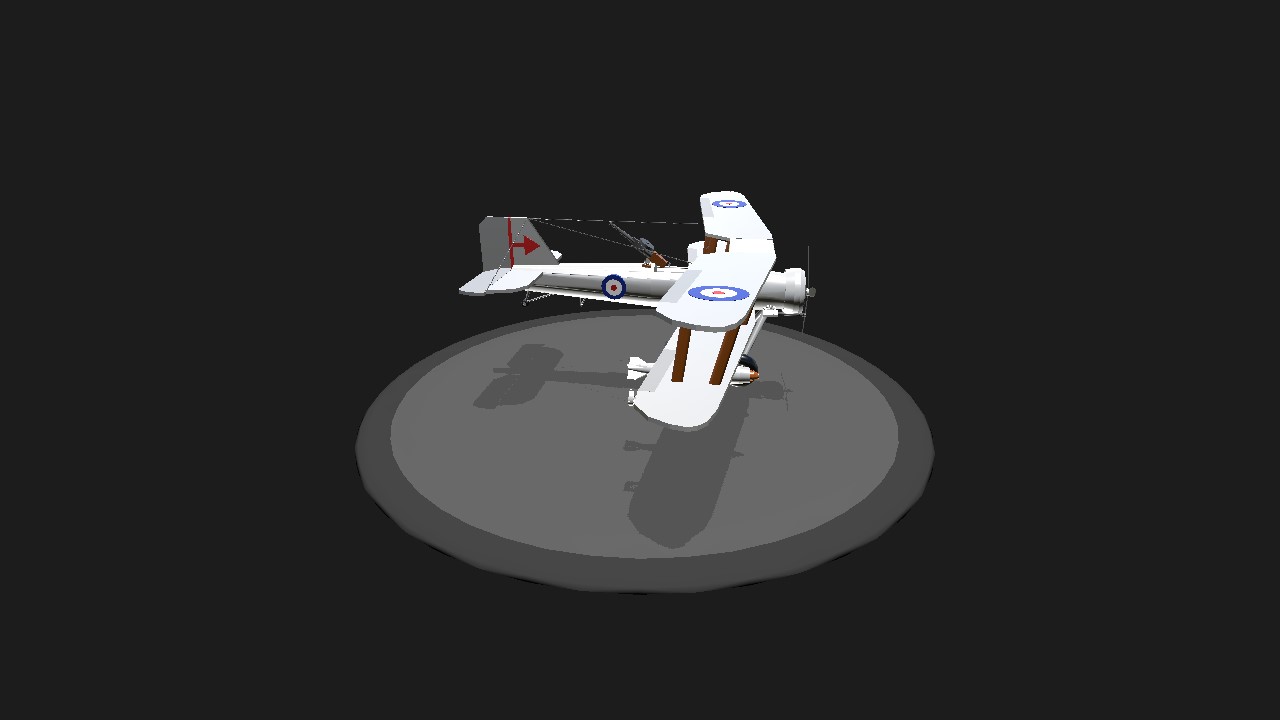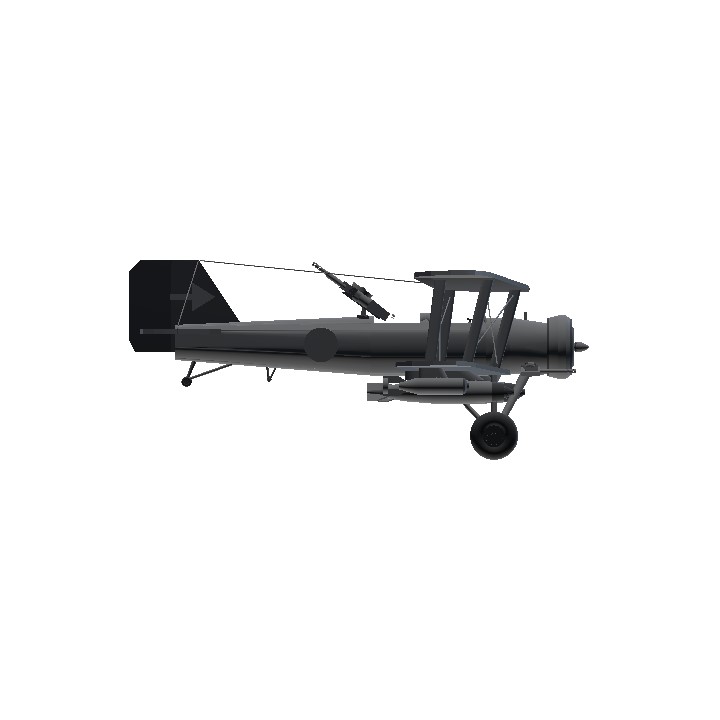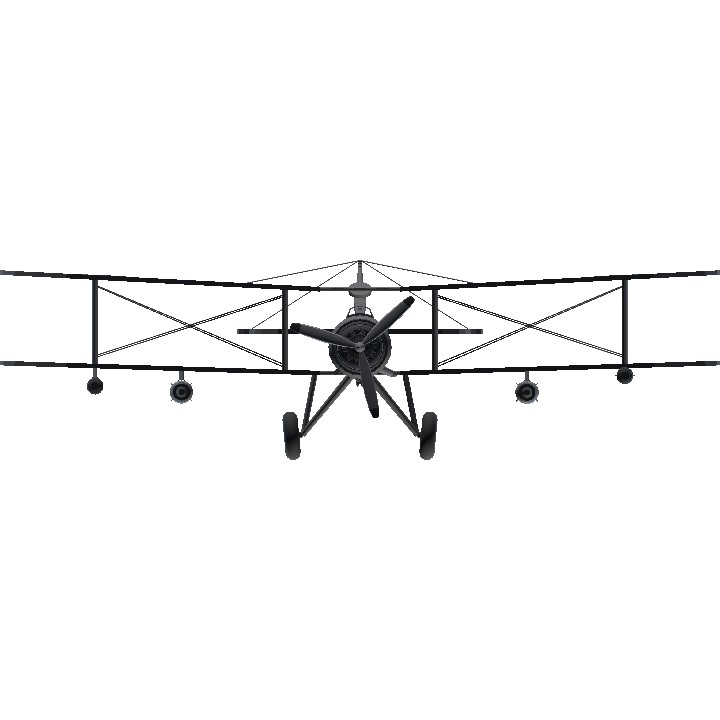I didn't build this plane I just added some bombs to it but to give you a bit of background of this plane here's a passage from wikipedia "Stringbag" redirects here. For bags made of string, see string bag.Swordfish?Swordfish LS 326 in flight in 2013RoleTorpedo bomberNational originUnited KingdomManufacturerFaireyBuilt byFairey, Blackburn AircraftFirst flight17 April 1934Introduction1936Retired21 May 1945Primary usersFleet Air Arm, Royal NavyRoyal Air Force Royal Canadian Air ForceRoyal Netherlands NavyProduced1936–1944Number built2,391 (692 by Fairey and 1,699 by Blackburn)The Fairey Swordfish is a biplane torpedo bomber, designed by the Fairey Aviation Company. Originating in the early 1930s, the Swordfish, nicknamed "Stringbag", was principally operated by the Fleet Air Arm of the Royal Navy. It was also used by the Royal Air Force (RAF), as well as several overseas operators, including the Royal Canadian Air Force (RCAF) and the Royal Netherlands Navy. It was initially operated primarily as a fleet attack aircraft. During its later years, the Swordfish was increasingly used as an anti-submarine and training platform. The type was in frontline service throughout the Second World War.Despite being a representation of early 1930s aircraft design and teetering on the edge of becoming outdated (in comparison to some alternatives), the Swordfish achieved some spectacular successes during the war. Notable events included sinking one battleship and damaging two others of the Regia Marina (the Italian navy) during the Battle of Taranto, and the famous attack on the German battleship Bismarck, which contributed to her eventual demise. Swordfish sank a greater tonnage of Axis shipping than any other Allied aircraft during the war.[1] The Swordfish remained in front-line service until V-E Day, having outlived some of the aircraft intended to replace it
Specifications
General Characteristics
- Predecessor Fairey Swordfish - (Stringbag) - [ Torpedo bomber Attack plane ]
- Created On Android
- Wingspan 51.3ft (15.6m)
- Length 32.6ft (9.9m)
- Height 14.2ft (4.3m)
- Empty Weight 14,831lbs (6,727kg)
- Loaded Weight 17,604lbs (7,985kg)
Performance
- Horse Power/Weight Ratio 0.099
- Wing Loading 32.2lbs/ft2 (157.2kg/m2)
- Wing Area 546.9ft2 (50.8m2)
- Drag Points 8653
Parts
- Number of Parts 205
- Control Surfaces 7
- Performance Cost 952




